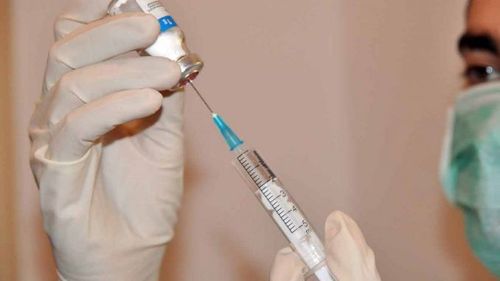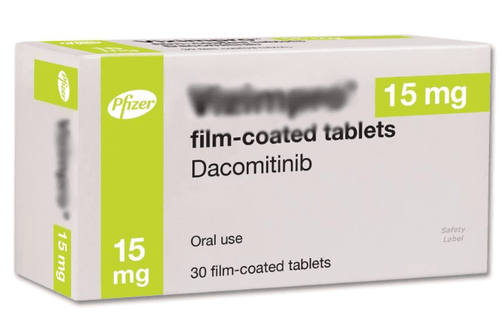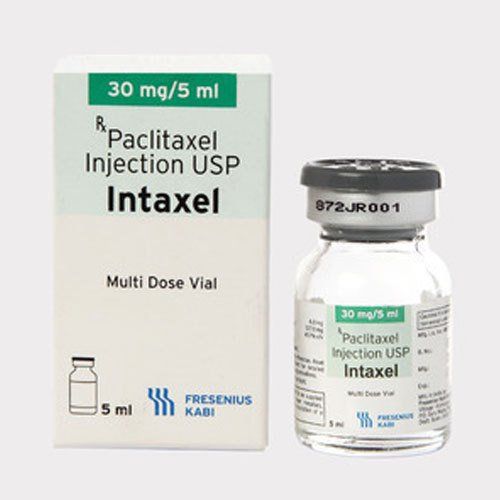This is an automatically translated article.
Lung cancer is the most common cancer in the world. This is the most aggressive, metastatic cancer that spreads from the lungs to the lymph nodes and other organs in the body.1. What types of lung cancer are there?
Lung cancer is divided into two types: small cell lung cancer and non-small cell lung cancer. Of these, non-small cell lung cancer is the most common type (about 85% of all lung cancer diagnoses are non-small cell cancers). Each type has different characteristics. As follows:

Ung thư phổi được chia làm 2 loại chính: ung thư phổi tế bào nhỏ và ung thư phổi không tế bào nhỏ
1.1 Small cell lung cancer
Small cell lung cancer is considered the most dangerous of all forms of lung cancer because of its ability to spread quickly and widely, accounting for 15% of all cases. The ability to develop these types is twice as high as other types and quickly metastasize far away affecting other organs.
The reason for this name is because these lung cancer cells are usually very small in size, mainly containing nuclei. In addition, this disease is also known as oat cell cancer. Small cell lung cancer has the ability to invade very quickly, metastasize early, and be difficult to treat.
Most cases arise in the large airways (main and lobar bronchi). Usually, when patients are diagnosed with this type of cancer, they have already entered the advanced stage of the disease.
1.2 Non-small cell lung cancer
Non-small cell lung cancer has a slower rate of cell growth and metastasis than small cell lung cancer. Therefore, if detected early and treated promptly, patients have a higher hope of survival. Non-small cell lung cancer is divided into smaller types: squamous cell carcinoma, adenocarcinoma, and large cell carcinoma.
Squamous cell carcinoma Squamous cell carcinoma accounts for about 30% of lung cancer cases. This type usually occurs near the large airways in the lungs. That is why it is also known as epidermal lung cancer. According to statistics, in recent years, the incidence of lung cell carcinoma is decreasing while adenocarcinoma shows signs of increasing. Most squamous cell lung cancers are centrally located, where the large bronchi connect the trachea to the lungs.
Because of its proximity to the lungs, this type of cancer often shows symptoms earlier than other types of lung cancer. Specifically, patients often have difficulty breathing, wheezing, persistent cough, coughing up blood, shoulder pain spreading down the arm, feeling of needles in the hand, red face, sweating, drooping eyelids, muscles weakened body. In addition, when suffering from squamous cell cancer, patients are often prone to hypercalcemia leading to muscle weakness and cramps.

Ho dai dẳng, ho ra máu là triệu chứng ung thư biểu mô tế bào vảy
Adenocarcinoma Nearly 40% of lung cancers are adenocarcinomas, which usually originate in peripheral lung tissue. Although most cases of adenocarcinoma are related to smoking, it is also the most common cancer in people who smoke less than 100 cigarettes in their lifetime and who have a history of smoking. smoke. A subtype of adenocarcinoma is lung adenocarcinoma in situ, which is more common in non-smoking women and may have a better long-term survival. The prevalence of this disease is on the rise. However, the danger is that the disease has few obvious symptoms, often detected in the advanced stages. The disease is more common in women and non-smokers. The disease occurs more often in children than squamous cell carcinoma, but has a better prognosis.
Large Cell Carcinoma Large cell carcinoma is a disease that can start in any part of the lung and is often more difficult to treat than the two above. The disease is quite rare, accounting for only 15%. This type of disease has signs of growing and invasive much faster than other types of non-small cell lung cancer. Because cancer usually occurs in the outer part of the lung, when infected, the patient will quickly have symptoms. symptoms such as long-term cough, coughing up blood... Before that, the patient will have some early symptoms such as fatigue, shortness of breath, pain in the back, shoulders, chest... In addition, due to developing right outside the city Therefore, large cell carcinoma can cause pleural effusion and metastases to the chest wall, causing pain and tightness in the chest every time the patient takes a deep breath. The 5-year survival rate of cancer patients Large cell carcinoma is very low, accounting for only about 18%. For patients with early detection and prompt treatment, the prognosis can be better.
2. Prevention of lung cancer
To prevent lung cancer:Quit smoking

Không hút thuốc lá để phòng ngừa ung thư phổi
Avoid smoke inhalation Exercise regularly Increase the diet rich in green vegetables and fruits. Avoid exposure to radiation and heavy metals Regular health checkup every 6 months At the same time, perform lung cancer screening as soon as possible as soon as you see abnormal signs. This will help early detection and timely treatment to avoid unfortunate things happening.
Please dial HOTLINE for more information or register for an appointment HERE. Download MyVinmec app to make appointments faster and to manage your bookings easily.













